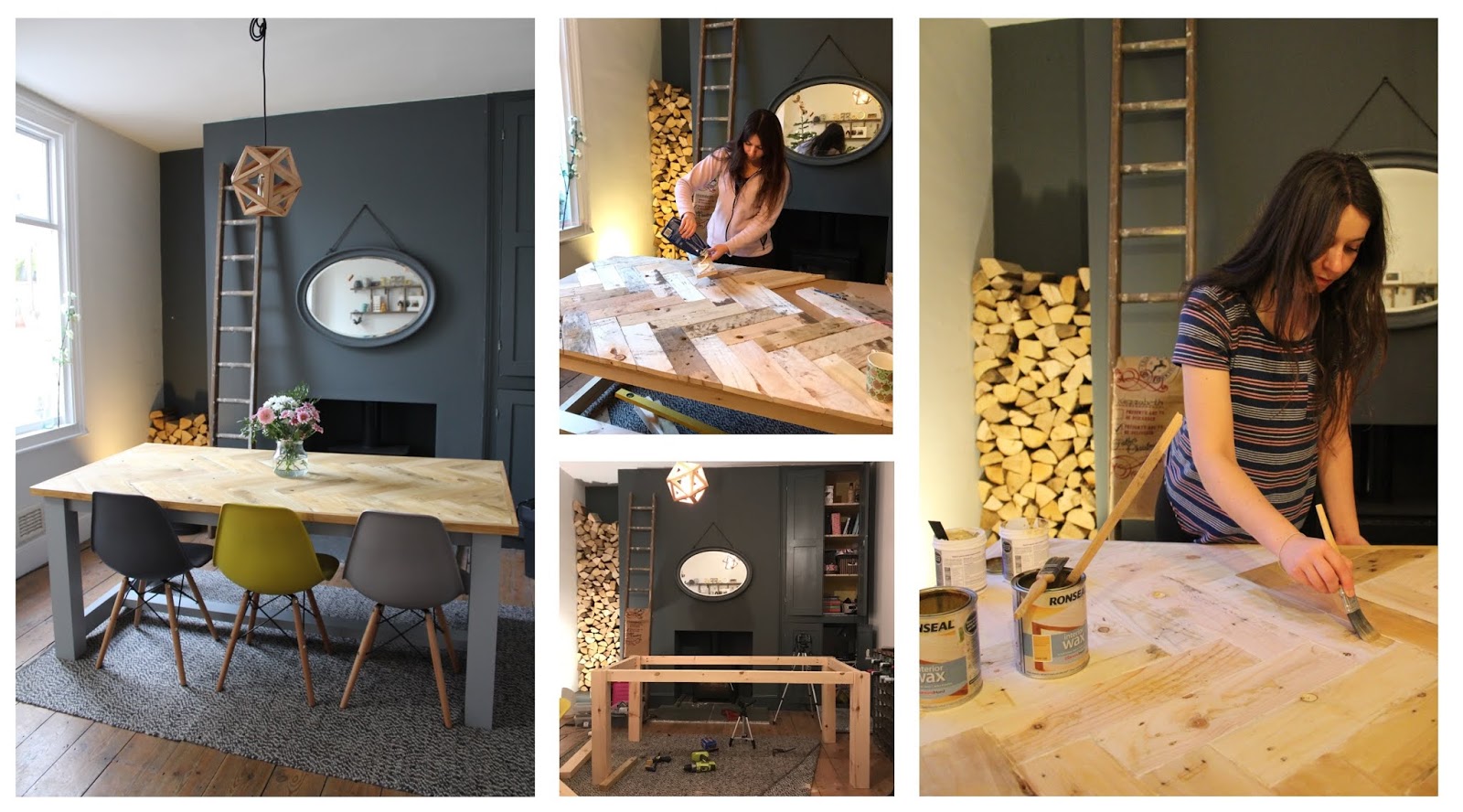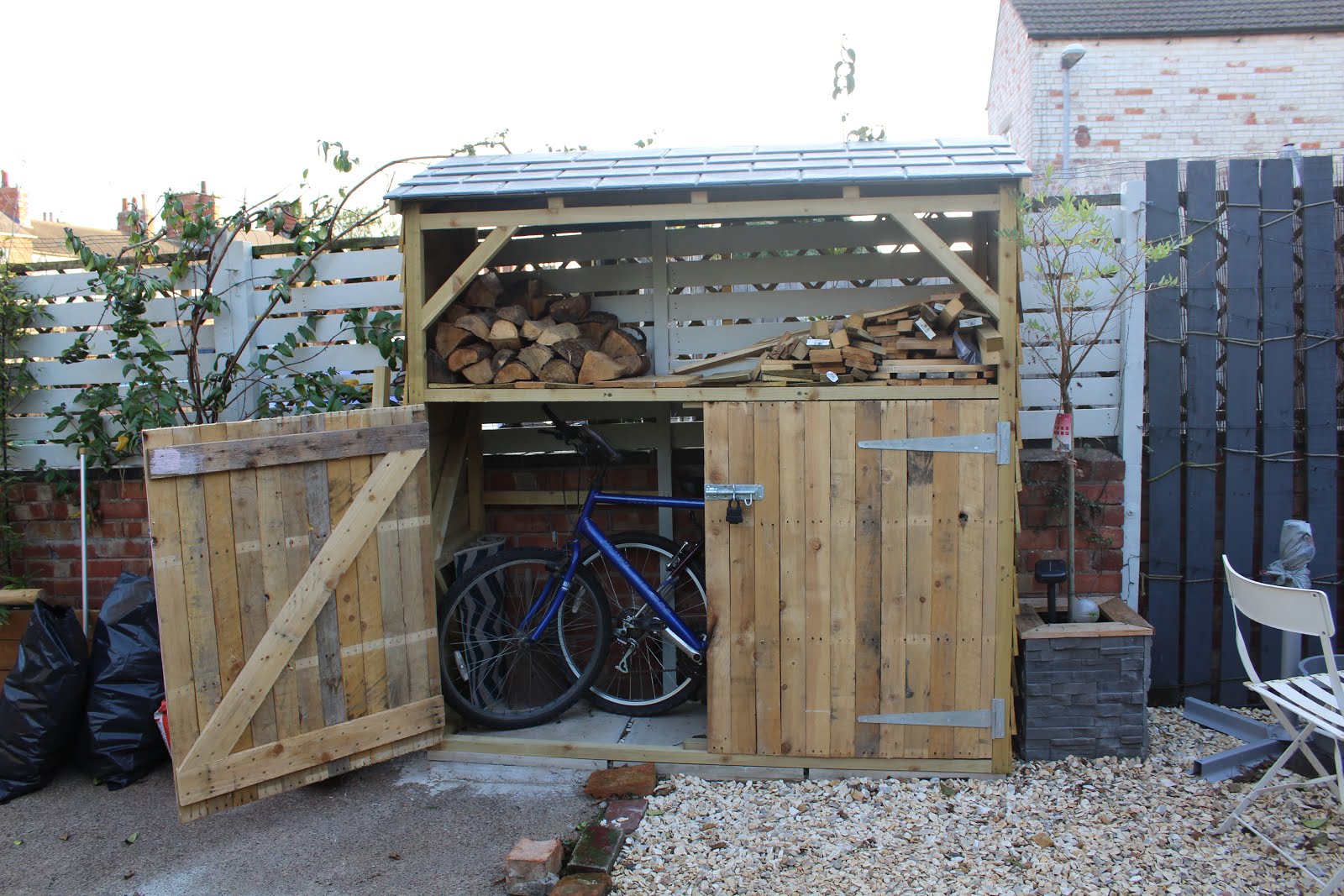Lining paper comes in different grades – from 800 (the thinnest) to 2000 (much thicker!). Generally speaking, 1400 is the middle of the road and recommended for most walls. But if you have a new plaster, you could go for a thinner and if your walls are in bad condition a thicker one would be better. The lining paper I’m using is this one which you can find on Amazon.
Unlike wallpaper, lining paper is supposed to be hung vertically across the wall. However, this requires a lot more skill and despite my best efforts – I don’t think it’s something you can do single-handedly (Grant was at work!) especially if you’re using just a ladder rather than a platform like me. Trying to hold up wallpaper, move a ladder, stop everything from creasing – let’s just say it didn’t work out. So after a bit of research, the internet told me vertical was OK as long as the finishing wallpaper on the top can overlap those joins. So that’s what I did.
The first thing to master is how to fold the wallpaper to allow the paste to soak in. You don’t want to apply too much paste, but you also don’t want to apply too little. Make sure it’s even with good coverage and then use a concertina fold method to fold the paper to allow it to soak. I recommend this video from B&Q for a good tutorial on doing this. But here are some photos to give you an idea of the method…
Starting at the top, I used a wallpapering brush initially to press the wallpaper down and then a hard smoothing tool to push out any air bubbles. If the pattern isn’t matching perfectly, lift the wallpaper off the back and back down into position.
To cut the paper at the skirting board and ceiling, you’ll need a very sharp knife and I actually recommend using a snap-off knife (like these) where you snap off the blade to reveal a fresh one every so often. We’ve used a metal cutting guide as a straight edge to ensure we don’t go off cutting at any funny angles accidentally. Cutting wet wallpaper does take a bit of practice and I can only recommend taking your time to get it right. I actually left this bit to Grant for the most part as I knew it was something he would be better at doing.
When it comes to the corners, I cut the wallpaper roughly to size before applying the wallpaper paste, just so I didn’t have to tackle with as much paper excess putting it up onto the wall. I then pushed the wallpaper into the corners with my fingers first and then used the same tools as before to smooth it out.
To cut long-ways, I used the same guide and method as I did with the ceiling and skirting board. The trickiest part is the very top corner and the bottom corner where you’ll need to cut a diagonal line into the corner to be able to push the paper right into it. In my opinion, this is the hardest bit as you don’t want to cut too much and you also don’t want to cut too little and accidentally cause a tear. It’s a bit of trial and error and will require a fair bit of patience and time to get right.
And that’s it! It took us about a half a day to do, although we certainly weren’t rushing with the job. Wallpapering is very much practice makes perfect kind of DIY, so I do recommend allowing yourself plenty of time to do it. An hour before the school run, probably isn’t recommended.
I still have some work to do on the chimney side of the room, hence why I haven’t decorated there yet – But this side of the room is looking absolutely gorgeous! The wallpaper is truly beautiful, detailed and just stunning. It’s based on original remnants discovered by English Heritage, but re-imagined, re-coloured and bought forward into the 21st century. It means the wallpaper has a slightly traditional feel with a modern kind of twist and I love that! It’s perfect for our Victorian house with its period features but at the same time, modernised. I also think it looks great without sofa (a made.com delight) and our new vintage crate side tables, which were an eBay find of just £2.50 for each one!
I think it also works really well next to the French Grey paint – they’re along a similar kind of tone but it also allows the wallpaper to stand out against it. The wallpaper also appears to have the same kind of rich pigment as the paints – you’ll notice it appears slightly different in colour with different lights, which I love. All Little Greene wallpapers are also from certified forests and for each tree used to make the wallpaper, four more are planted.
I had actually bought a second sofa which I hoped to feature in this post along the other wall – but to cut a long story short, it’s stuck in a courier’s broken down van. I know – just my kind of luck!! So whilst it’s looking a little bare with furniture, it’s still a massive massive (did I massive?!) transformation. It’s literally added a real punch of character into this room; something paint alone just can’t do. The wallpaper catches my eye every time I walk past it – and it’s beautiful detailing just pulls you in, to look at it further. It’s honestly just beautiful.
I’ll be sharing more updates over the next few weeks as we build two alcove units, fix up the chimney and hopefully (finger crossed!) that second sofa arrives! But it’s looking pretty darn amazing so far, right?!
Let me know what you think. Do you love the wallpaper as much as me?!
*The wallpaper and paint featured in this post were sent to me as part of a collaboration with The Little Green Paint Company. All views and content are my own. This post may also include Affiliate Links. Thank you for supporting this blog 🙂
Some Tools and Materials Used in this Post:










No Comments